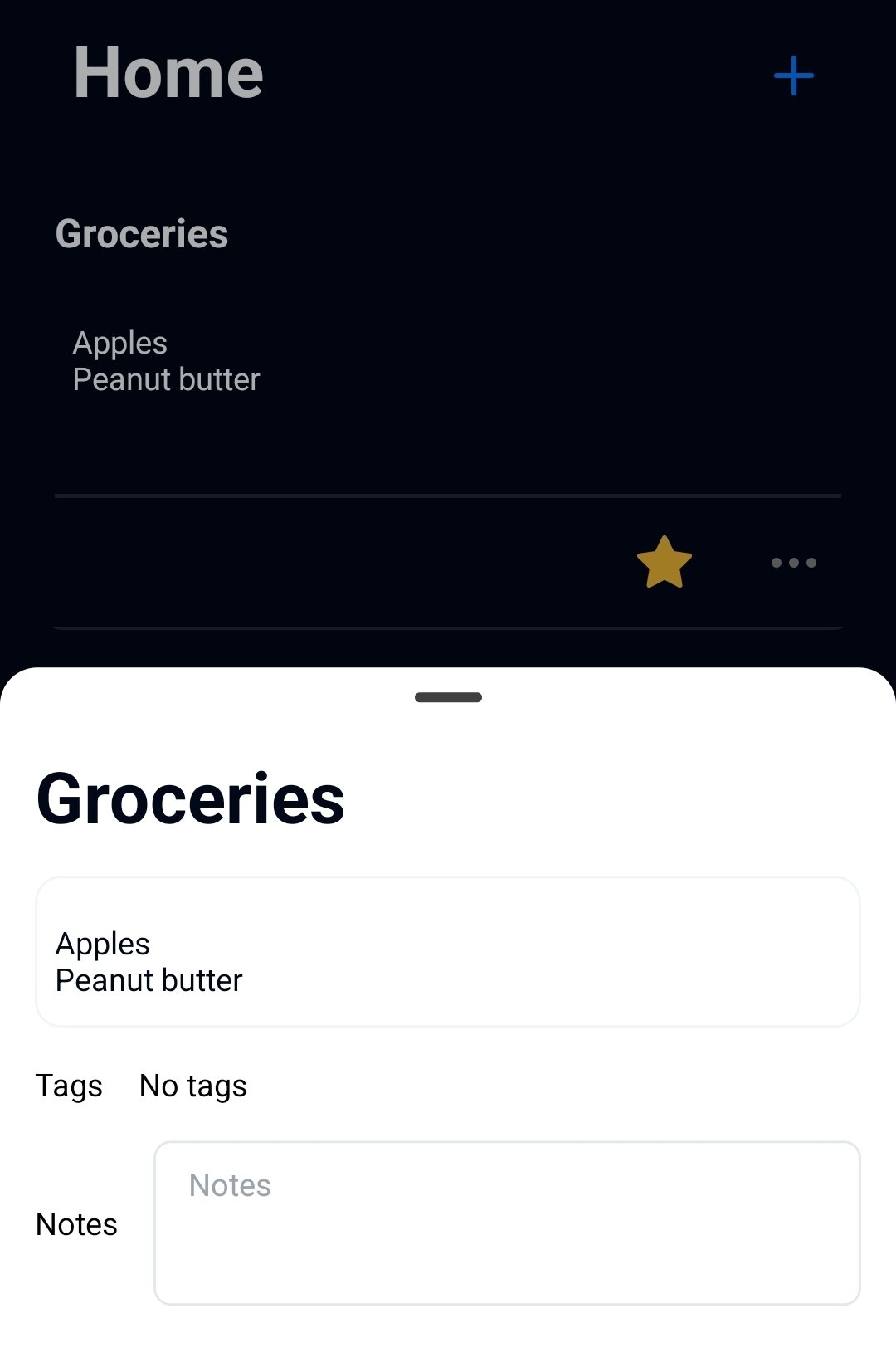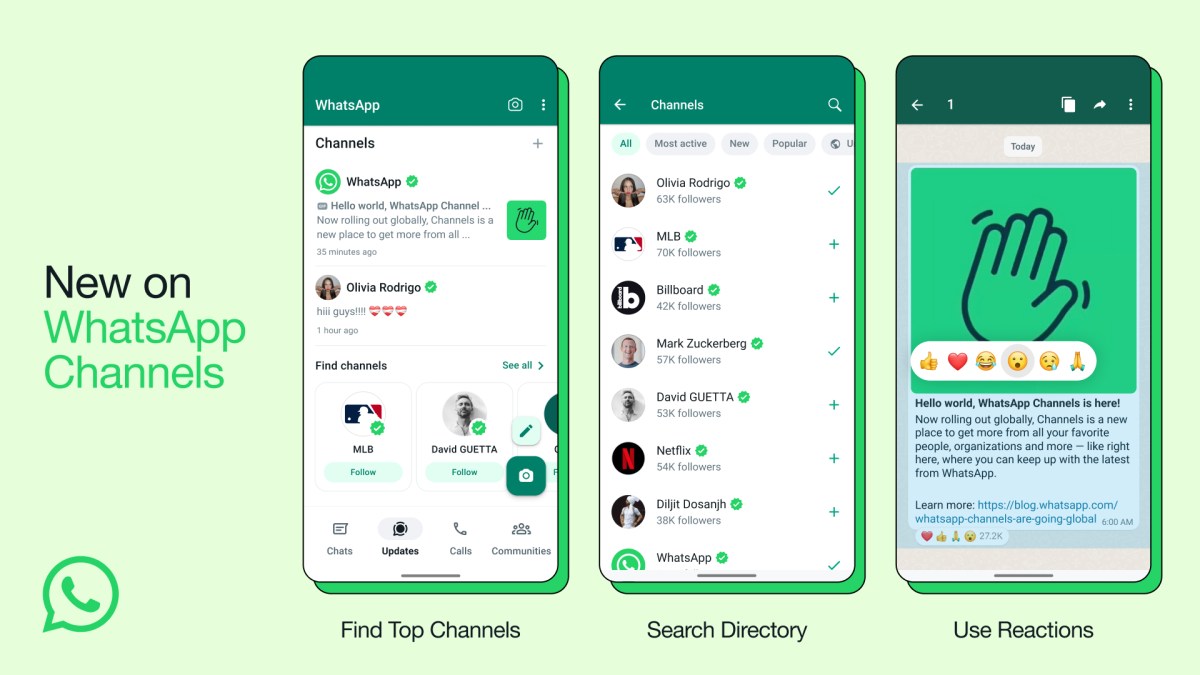

I spun this up yesterday, because it’s the first viable Google Keep replacement I’ve seen. I love the ability to archive bookmarked pages. And while the web app is clunky for notes (worse UX than Keep), the Android app is a decent replacement. The only weird thing is the option to add notes to notes so you can note while you note.

Worth mentioning that adding or changing a title is completely impossible on Android. Support for titles is included, but hidden, in the web UI, and the web UI adds unnecessary friction to editing notes.
The web UI also doesn’t support newline characters unless they’re preceded by two spaces (strict markdown formatting, like on Lemmy/Reddit), which is annoying. Markdown support is nice, but the vast majority of notes and reminders that I create only require plaintext.


This is sad. Google Play should never hold this weight the self hosted community. For Android users dedicated to open source software, F-Droid is the target.
I don’t think SyncThing users would have much issue with the app disappearing from Google. Doing away with Google is the goal.